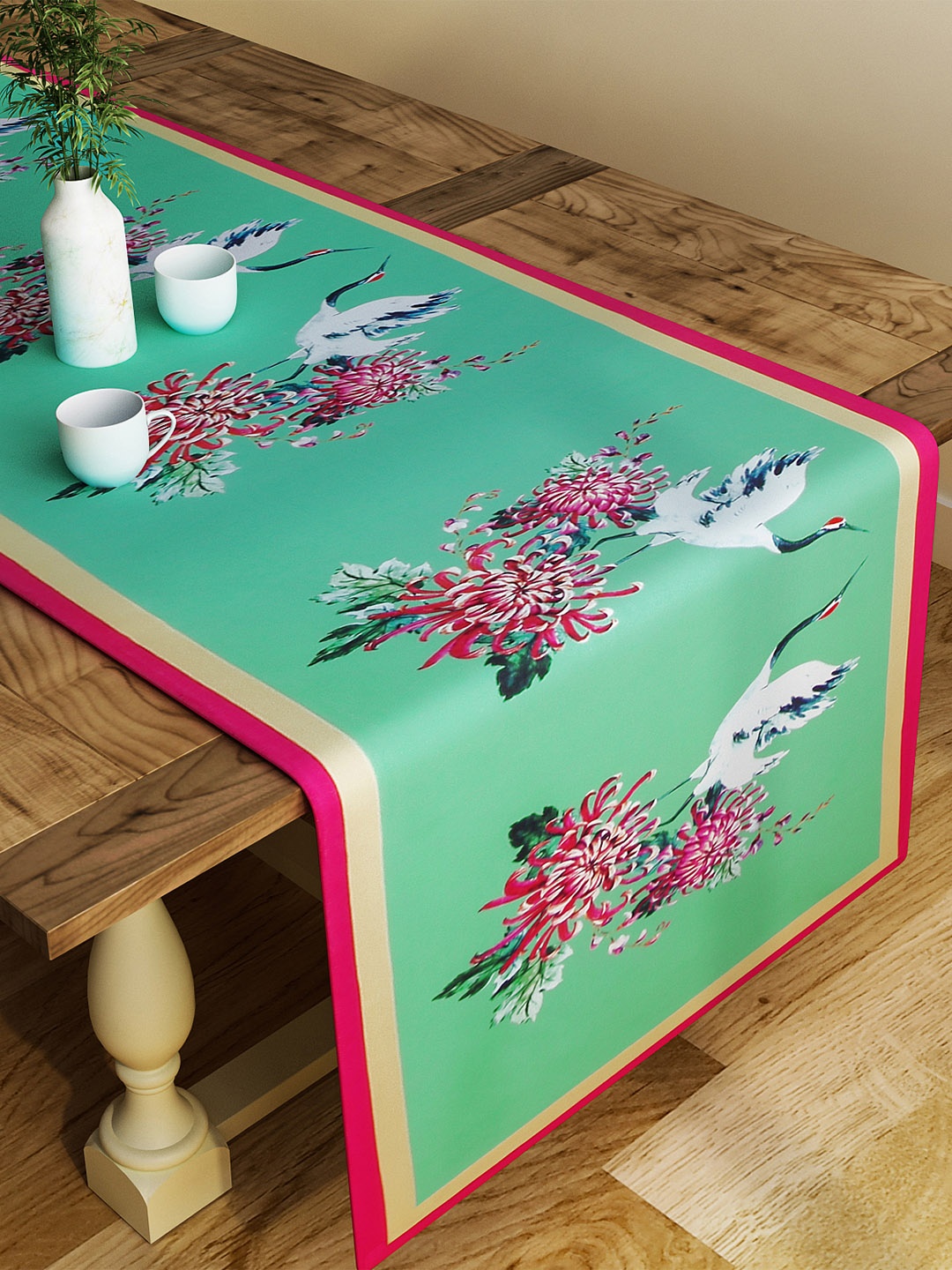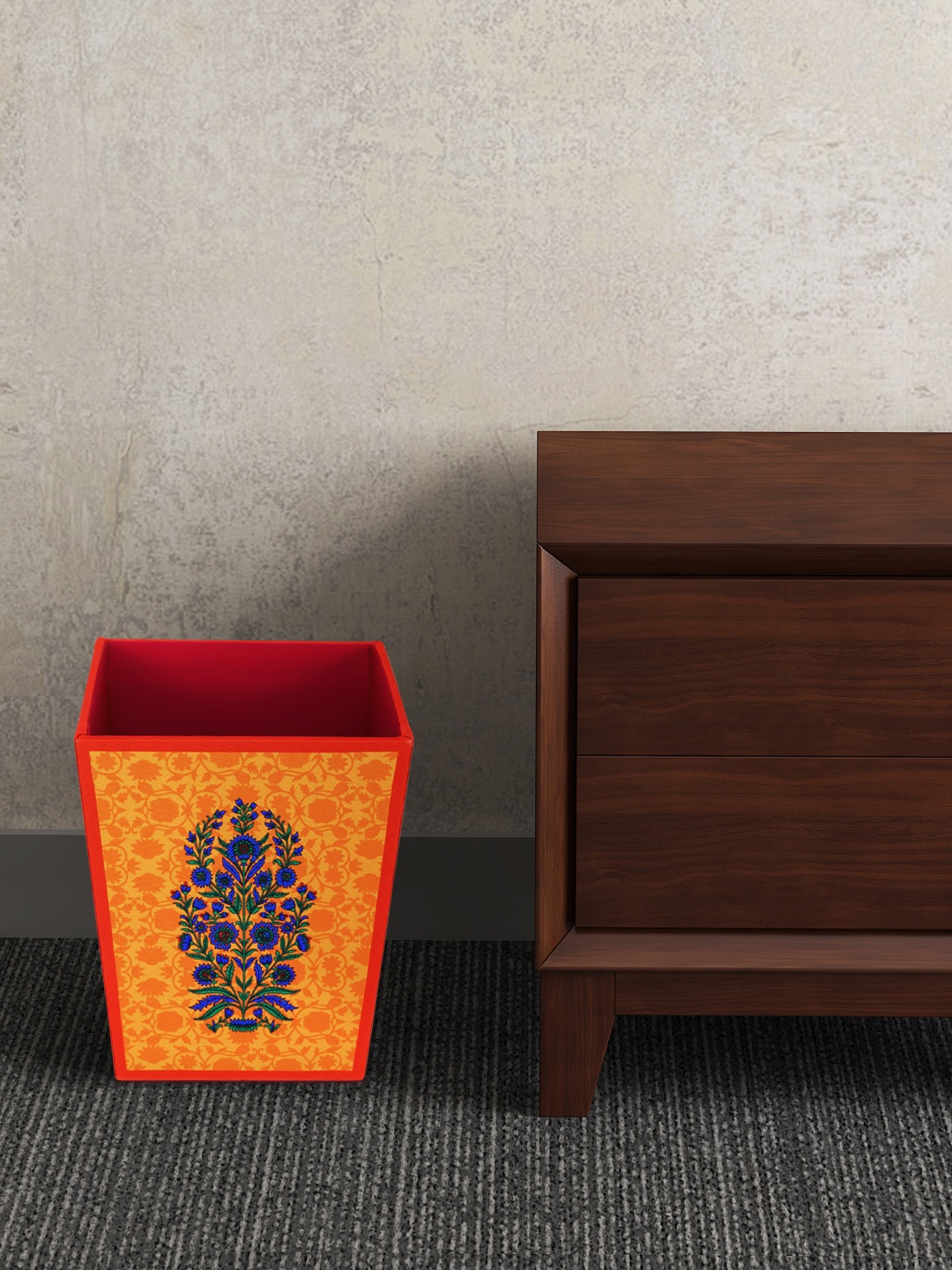Why Your Mirror Looks Dirty Even After Cleaning: Common Causes and Simple Fixes
A spotless mirror should reflect confidence, not confusion. Yet many households struggle with foggy streaks and stubborn smudges. This is a deep dive into why mirrors misbehave and how simple changes can restore that perfect shine.

Why Your Mirror Looks Dirty Even After Cleaning, And the Right Way to Fix It.
A clean mirror feels like a small everyday luxury. It brightens the room, lifts the mood and makes even the most rushed morning routine feel balanced. Yet mirrors often play tricks. After a full round of scrubbing, wiping and checking it against the light, a misty shadow still clings to the glass. Sometimes streaks show up minutes later, as if the mirror is teasing every attempt to clean it.
This common frustration crops up in homes across cities, small towns and apartment complexes. Bathroom mirrors fog up, dressing mirrors lose their sparkle, and even brand-new mirrors gather stains that refuse to budge. The good news? There's nothing mystical about it. A few everyday habits, cleaning mistakes and environmental factors cause most mirror troubles.
Here's a clear and practical look at why mirrors stay dirty even after cleaning, along with the right ways to fix each issue, without fuss, fancy tools or expensive cleaners.

Why Your Mirror Looks Dirty Even After Cleaning: Right Way to Fix It
Photo Credit: Pexels
Common Everyday Mistakes That Keep Mirrors Looking Cloudy
1. Hard Water Marks: The Silent Culprit
Water in many homes carries high mineral content. When the last splash of a morning face rinse lands on the bathroom mirror, droplets dry into chalky white stains. These spots form tiny crusts that regular wiping barely disturbs. When cleaning begins, these mineral deposits drag across the glass and create fresh streaks.
The problem grows when the bathroom stays humid. Mineral particles cling tightly to the mirror surface and settle into micro-grooves. Rubbing harder only leaves circular patterns and an almost cloudy sheen. The mirror then looks dull, even though the cloth did its best.
A simple fix works wonders. Wipe the mirror with a solution of warm water and white vinegar, nothing fancy needed, just the bottle sitting in most kitchen shelves. The vinegar breaks the mineral grip, making the glass smooth again. Finish with a dry microfiber cloth for a crisp shine. Regular wiping after a shower helps too, especially when mirrors sit close to taps or showers.
2. Residue from Cleaning Products
Some cleaners promise instant sparkle but leave invisible films. Bathroom sprays with shiny labels often contain soaps, fragrances and conditioning agents. These leave behind a thin layer that builds up with every cleaning. Under daylight or tube-light glare, that film glows like a dull fog.
This film traps dust and moisture. Every new wipe shifts the residue but doesn't remove it. Over time, the mirror looks smeared, even though daily cleaning continues faithfully.
The right approach involves switching to a simple mix: equal parts water and isopropyl alcohol. Alcohol evaporates quickly and leaves the surface crisp with no film. A few drops of dish liquid in warm water can also cut through old layers of residue. Once the film disappears, the mirror becomes easier to maintain and looks freshly polished with minimal effort.
3. Using the Wrong Cloth
Often the cloth gets blamed only after the mirror is wiped three times and still looks streaky. Cotton rags, old T-shirts and multipurpose dusters shed tiny fibres. These fibres cling to the mirror and create faint lines. When the cloth is even slightly damp, lint clumps stick to the glass and refuse to leave.
Bathroom humidity worsens this. Towels used for face drying get mixed into mirror cleaning, leaving a mix of water droplets and fibres behind. Many households turn to newspapers, which worked beautifully decades ago. But modern ink and recycled paper no longer offer the same streak-free effect.
A microfiber cloth solves almost everything here. It's fine weave collects dust without spreading it and leaves the surface smooth. Folding the cloth into quarters helps because each clean side gets used separately. A dry buff at the end brings out that flawless shine without needing extra pressure.
4. Oil and Fingerprint Smudges
A mirror that hangs near a dressing table often attracts fingerprints, makeup smudges and tiny oil marks from creams or sunscreens. These oily stains respond very differently to cleaning. Water barely touches them. Dragging a cloth across them spreads the oil into streaks.
When sunlight falls on the glass, these streaks appear like ghostly shadows. They look worse on frameless mirrors because the smear stands out more clearly. Daily habits like adjusting hair, fixing dupattas or checking accessories leave repeated marks that blend into the surface over time.
A small trick helps: use a few drops of dish liquid in warm water. Dish liquid cuts through oil quickly and lifts it off the mirror without spreading it. Wipe gently in small circles and finish by drying with a microfiber cloth. A final alcohol wipe ensures that not a trace of oil remains.
5. Steam and Humidity Build-Up
Bathrooms trap steam. Hot showers leave droplets floating in the air, which settle on the mirror in a thin mist. When the droplets dry, minerals and dust stick to the glass. In many homes, the bathroom window stays shut for privacy or due to small spaces, creating a humid environment throughout the day.
Humidity causes a faint haze that develops slowly. By evening, the mirror looks foggy again, even though it looked clean in the morning. Humidity also encourages mould around the edges, which spreads under the reflective backing.
Ventilation makes a big difference. Keeping the bathroom door slightly open after showers lets moisture escape. A quick wipe with a dry cloth after each bath reduces haze. For stubborn fogging, a solution of diluted shampoo works surprisingly well, creating a temporary anti-fog layer. This keeps the mirror clear during steamy mornings.
6. Damage to the Mirror's Backing
Many homes mistake backing damage for stains. When the silver coating at the back starts wearing out, dark patches appear at the corners or edges. These patches look like smudges at first, but no amount of cleaning changes them.
Moisture from frequent splashes, water dripping down the wall or leaks behind tiles corrodes the backing. Old mirrors without proper sealing wear out faster. Once the reflective layer deteriorates, the mirror loses its brightness and looks permanently dirty.
Repairing this type of damage isn't easy at home. The practical solution is to protect mirrors early. Keep a little distance between the mirror and the washbasin. Use silicone sealants around edges to prevent moisture seepage. If the damage has already spread widely, replacing the mirror is more cost-effective than restoration.
Also Read: LED Light Mirror For Bedroom: How to Pick One That Looks Luxe On A Budget - 10 Tips
7. Soap and Toothpaste Splatter
Morning brushing often turns a mirror into a battlefield of tiny white dots. Toothpaste foam flies further than expected, especially during hurried mornings. These dots dry into sticky little spots that cling tightly. Soap lather reacts similarly, leaving behind faint white trails.
These splatters may feel harmless, but they become stubborn over time. Rubbing the mirror lightly removes some dots, while others become faint smears. Under yellow light bulbs, these smears appear almost chalky.
Warm water softens these dried spots. A sponge dipped in a mild detergent solution lifts them easily. For mirrors near the washbasin, placing a small splash guard or wiping the mirror immediately after brushing prevents buildup. A weekly deep clean ensures these splatters never get a chance to harden.

Why Your Mirror Looks Dirty Even After Cleaning: The Right Way to Fix It
Photo Credit: Pexels
8. Dust Settling Too Quickly
Dust seems to appear out of nowhere in many homes, especially those near main roads or construction areas. Even when the mirror gets wiped clean, fresh dust settles almost immediately. When mixed with moisture or leftover cleaning residue, dust creates a thin, muddy layer.
This layer shows up most clearly during late afternoon when sunlight enters at an angle. A mirror that looked perfect earlier suddenly looks dull.
The trick lies in reducing static. Rubbing a dry cloth vigorously generates a static charge that pulls dust back. Instead, use a slightly damp microfiber cloth. A final wipe with diluted fabric softener helps reduce static cling, slowing down dust settlement. Keeping windows closed during peak traffic hours also helps maintain cleaner mirrors.
9. Scratches That Catch the Light
Over time, small scratches appear on mirrors. These scratches grab dust and cleaning residue, creating lines that resemble streaks. When tube lights hit the glass directly, the scratches glow and make the mirror look dirty.
Scratches come from using abrasive cleaners, rough cloths, or scrubbing too hard. Even decorative frames that shed tiny particles can cause micro-abrasions.
While scratches cannot be fully erased at home, they can be masked. Use a small amount of toothpaste, non-gel, plain white variety, on a soft cloth and polish gently. This fills shallow scratches temporarily. Avoid abrasive powders or hard brushes. Gentle cleaning protects the mirror from further wear and keeps the surface looking smooth.
10. Not Cleaning in the Right Pattern
Many people wipe mirrors in random strokes, left, right, up, down, diagonal, all in one enthusiastic attempt. This creates overlapping streaks. When viewed from an angle, these streaks appear like long shadows.
A better method is simple: wipe in horizontal or vertical lines only. Start at the top and work downward so drips never fall onto areas already cleaned. Using two cloths helps, one damp for cleaning and one dry for finishing. This prevents re-depositing moisture and ensures a flawless shine.
Lighting matters too. Turn on bright lights or open windows while cleaning. This exposes faint streaks early, allowing quick corrections instead of discovering them later in harsh bathroom lighting.

Why Your Mirror Looks Dirty Even After Cleaning: The Right Way to Fix It
Photo Credit: Pexels
Products Related To This Article
1. Urban Hamlet Minimalist Golden Ring Frame Mirror
2. Art Street Unisex Rectangular Shaped Glass Wall Mirror With Frame
3. Home Centre Set Of 3 Brown Corsica Wall Mount Mirror
4. TIED RIBBONS Beige Round Shaped Framed Wall Hanging Mirror
5. Home Centre Corsica Reflection Gold-Toned Jharokha Decorative Wall Mirrors
6. Urban Hamlet Luxury Gold Finish Rose Flower & Leaf Wall Mirror
7. ARYAANSH Round Shaped Glass Wall Mirror
A spotless mirror doesn't demand expensive cleaners or endless scrubbing. It simply needs the right method, the right cloth and an understanding of what causes those stubborn streaks and cloudy patches. Whether the trouble comes from hard water, humidity, scratches or everyday splashes, each issue has a simple and practical solution.
With a few mindful habits, like proper ventilation, gentle cleaners and regular maintenance, mirrors can stay clear, bright and ready to reflect confidence every day. Clean mirrors lift the look of any room, create a sense of freshness and add a warm touch to daily routines. And with these tips, keeping them sparkling becomes much easier and far less frustrating.
(Disclaimer: This article may include references to or features of products and services made available through affiliate marketing campaigns. NDTV Convergence Limited (“NDTV”) strives to maintain editorial independence while participating in such campaigns. NDTV does not assume responsibility for the performance or claims of any featured products or services.)













![Steam Iron Teflon Shoe Cover for ES-300,ST-96 [Only For ES-300 and ST-96 Model Electric Steam Irons]](https://m.media-amazon.com/images/I/51wwkttondL._SL160_.jpg)










